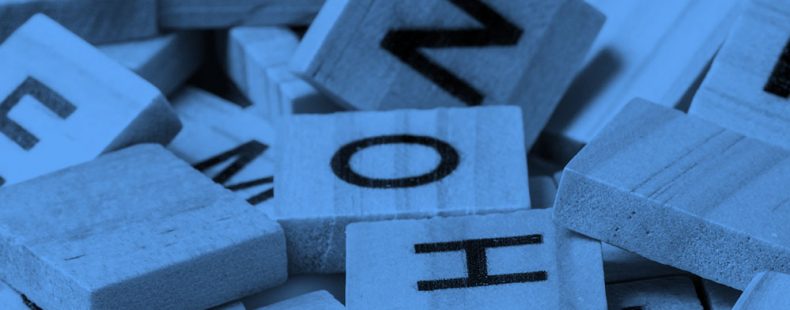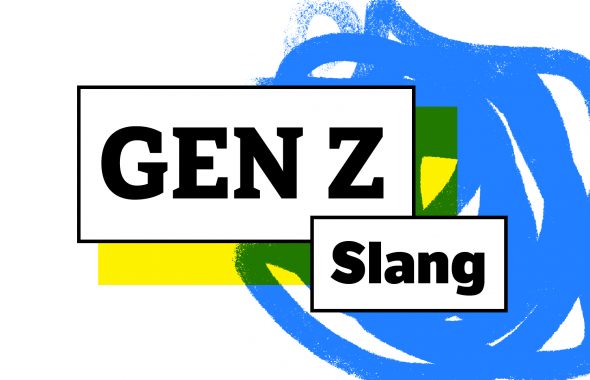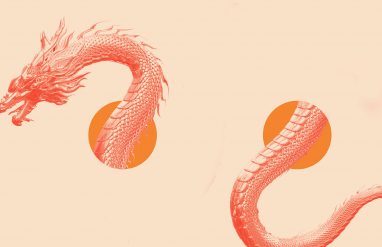No doubt you know your ABCs, but do you know how to spell the names of the letters themselves? For example, how would you spell the name of the letter W? In this article, we are going to take a look at how to spell out the different consonants of the alphabet. Why just the consonants? Well, spelling the names of the vowels is unusual, and the spellings vary widely.
We don’t often have a reason to spell out the names of letters. They show up in some words or phrases, like tee-shirt or em-dash. Knowing how to spell out the letters is a good trick to have in your back pocket when playing word games like Scrabble and Words With Friends. Mostly though, the spelled-out names of the consonants are fun trivia any word lover will enjoy.
🖋 Will our quiz on spelling spell victory for you?
If you’ve always minded your p’s and q’s and know your letters to a tee, then you should head over to our quiz on how the letters of the alphabet are spelled.
B – bee
The letter B is spelled just like the insect: b-e-e. The plural is bees, like something you might find in a hive. Before it was bee, the letter B was part of the Phoenician alphabet and was known as beth.
C – cee
The spelling of the letter C might surprise you. It isn’t spelled with an S but a C: c-e-e. The spelling cee might come in handy especially when writing about something “shaped or formed like the letter C,” as in she was curled in a cee, holding her pillow.
D – dee
You might be picking up on a pattern here. Like B and C, the letter D is spelled out with -ee: d-e-e. Like the letter B, dee originally had another name in the Phoenician alphabet: daleth.
F – ef
The letter F is spelled e-f. The spelled out name ef is occasionally used as an abbreviation for much saltier language.
G – gee
With the exception of ef, the letter G is spelled like the other letters we have seen so far: gee. Particularly in American slang, the spelled out name gee is used as an abbreviation for grand, in the sense of “thousand dollars.”
Have you met these two extinct alphabet letters? Take a look!
H – aitch
The letter H has a tricky spelling and pronunciation. It is spelled aitch, but the pronunciation of its name is [ eych ]. The letter comes from Northern Semitic languages and its modern corollary is the Hebrew letter heth.
J – jay
The letter J has a long and complicated history—it began as a swash, a typographical embellishment for the already existing I—but its spelling is relatively straightforward: jay. Like C, the spelling jay can be useful when describing something in the shape of the letter.
K – kay
You may already be familiar with the spelling of the letter K from the expression okay, or OK. Just like in okay, K is typically spelled k-a-y. Okay is a unique Americanism that you can read more about here.
L – el
El is most easily recognizable as the common abbreviation for elevated railroad. However, it is also the spelling for the letter L.
M – em
The spelling of the letter M, em, can be found in the name of the punctuation mark em dash (—). The name of the punctuation mark comes from the fact that it is the width of the letter M when printed.
N – en
Much like the letters em and en themselves, the em-dash and en-dash are often mixed up. The en dash is, you guessed it, the width of the letter N when printed. The en dash (–) is shorter than an em dash (—).
P – pee
The most scatological letter name is pee (P). The use of pee as a verb and noun to refer to urination actually comes from a euphemism for the vulgar piss, using the spelling of the initial letter in piss: P.
Q – cue
The letter Q has the honor of being one of two letters that is not included in the spelling of its own name: cue. The use of cue as a verb or noun to refer to “anything that excites to action” comes from another abbreviation related to the letter itself. In acting scripts, the Latin quandō, meaning “when” was abbreviated q, which later came to be spelled cue.
R – ar
The name of the letter R sounds like something a pirate might say: ar. The letter R was called by the Roman poet Persius littera canina or “the canine letter.” It was so named because pronouncing ar sounds like a dog’s growl.
S – ess
The snake-like S is spelled ess, with two terminal -s‘s. Along with cee and jay, ess can also be used to describe “something shaped like an S,” as in The roads were laid out nested double esses along the riverbank.
T – tee
A letter whose spelling you are more likely to be familiar with is T or tee, because it often appears in spellings of T-shirt (e.g., tee-shirt). The tee shirt is so named because it is a shirt in the shape of a T.
V – vee
Another letter that pops up in fashion is V or vee. You see this most often when describing certain clothing elements, such as a vee neckline or a vee-shaped dart.
W – double-u
The letter W is one of the stranger letters in the alphabet, and so is its spelling. As we noted already, we don’t usually spell vowels out, so we end up with the awkward double-u. The plural spelling is double-ues. Before it was merged into one letter (W), the sound was represented with the the digraph -uu- or double-u.
Why do we have uppercase and lowercase letters?
X – ex
The spelling of the letter X, ex, might seem foreboding. That’s because we often equate it with the prefix ex-, meaning “out of” or “without.” We also use ex as a verb to mean putting an X over something, literally or metaphorically, as in I exed out the name on the list. The letter X has found use as we explore new ways of describing gender identity and expression, which you can read about here.
Y – wye
The letter Y is spelled wye, like the river in Great Britain. Wye has been adopted into electrical and railroad terminology to describe circuits and track arrangements, respectively, that are in the shape of a Y. Interestingly, the letter Y replaced an Old English letter called thorn.
Z – zee
In American English, the letter Z is spelled and pronounced zee, patterned off of other consonants like dee and gee. However, in British English, the letter Z is named zed. Zed comes from the Middle French zede, itself from the ancient Greek zêta.














